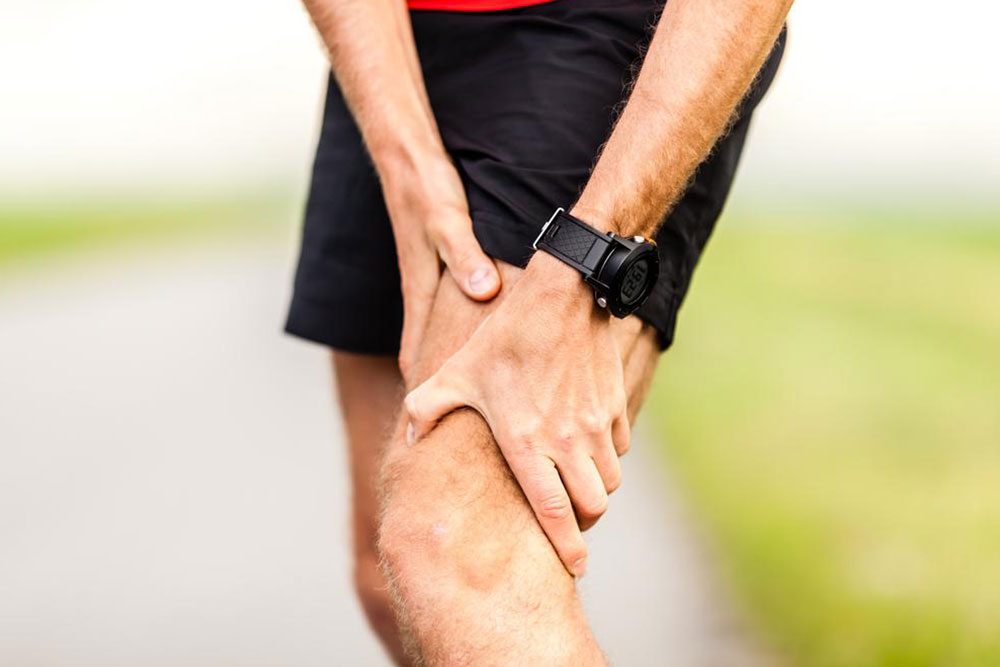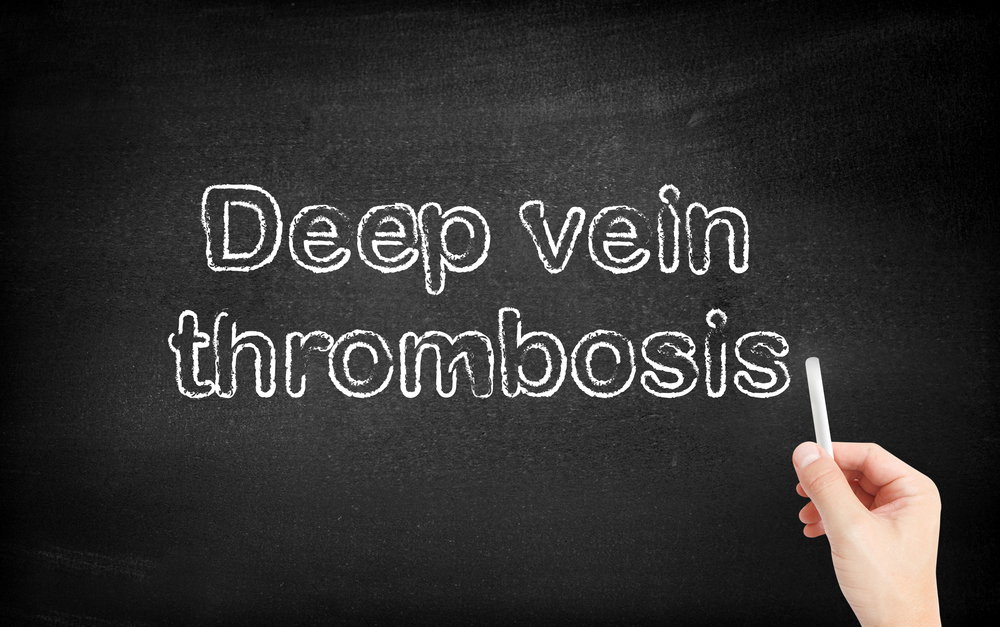Comprehensive Guide to Recognizing and Addressing Leg Pain Symptoms
Understanding the warning signs of leg pain is critical for maintaining mobility and preventing complications. This comprehensive guide highlights common symptoms, causes, and when to seek medical help. Recognizing issues like cramps, shin splints, tendinitis, bone injuries, and blood clots early can facilitate timely treatment. Proper management, rest, ice, stretching, and medical consultation are key to recovery. Stay informed about leg pain symptoms to protect your health and ensure timely intervention for better mobility and quality of life.

Comprehensive Guide to Recognizing and Addressing Leg Pain Symptoms
The health of our lower limbs is essential for maintaining mobility and independence. Legs enable us to perform everyday activities such as walking, running, standing, and climbing stairs. Given their crucial role, understanding what causes leg pain and recognizing warning signs early can prevent serious health complications. Numerous factors influence leg health, including footwear choices, posture, physical activity levels, and the types of surfaces we walk or exercise on. While occasional leg discomfort is common and often harmless, persistent or severe pain warrants attention.
In this detailed guide, we will explore common signs of leg discomfort, their potential causes, and when it is necessary to seek medical help. This information aims to empower individuals to take timely action for their leg health and prevent more severe issues.
Common Symptoms of Leg Pain and Their Underlying Causes:
Bony, Joint, and Muscle Pain
Many leg pains originate from bones, joints, or muscles. Conditions such as arthritis, osteoporosis, or muscle strains can cause persistent discomfort. Joint pain is often felt in the knees, hips, or ankles and can limit movement. Muscle pain may arise from overexertion, injury, or strains. Chronic muscle soreness may also be linked to overuse or nutritional deficiencies.
Muscle Cramps (Charley’s Horse)
Muscle cramps are sudden, involuntary contractions of muscles, commonly affecting the calves. These cramps can strike unexpectedly during daytime activities or at night, causing intense pain and stiffness. Dehydration, electrolyte imbalances, fatigue, or inadequate stretching are typical triggers. Fortunately, simple remedies such as increasing water intake, gentle stretching, and massage of the affected muscle can often provide relief. Persistent cramps should be evaluated by a healthcare professional to rule out underlying medical conditions.
Shin splints are characterized by pain along the front of the lower leg. This condition often results from inflammation of the muscles and tissues along the shin bone, typically caused by repetitive impact activities like running or jumping. Athletes, especially runners on hard surfaces, are prone to shin splints. Individuals with flat feet or improper footwear are also at increased risk. Management strategies include rest, applying ice to reduce swelling, taking anti-inflammatory medications such as ibuprofen or aspirin, and wearing supportive, appropriate footwear. Preventative measures involve gradual increases in activity intensity and stretching exercises targeting the lower leg muscles.
Achilles Tendinitis
Inflammation of the Achilles tendon, located at the back of the lower leg near the heel, causes pain, swelling, and stiffness. This condition often results from overuse, excessive calf muscle activity, or sudden increases in physical activity. Rest, ice application, and anti-inflammatory medications can help alleviate symptoms. Gentle stretching exercises for the Achilles tendon and calf muscles are beneficial. In severe cases, or if a tear occurs, medical intervention such as physical therapy or surgery may be required. Early diagnosis and management are crucial to prevent chronic issues.
Broken Bones and Sprains
In cases of severe leg pain caused by broken bones or sprains, immediate first aid is essential. Employ the RICE method—rest, ice, compression, and elevation—while seeking urgent medical attention. Fractures may require immobilization with a splint or cast, and more complex injuries could necessitate surgery. Physical therapy and gradual rehabilitation will be necessary for full recovery. Recovery times depend on the severity and location of the injury but can range from weeks to months.
Venous Issues and Blood Clots
Venous problems, including blood clots (deep vein thrombosis - DVT), can cause significant leg pain, swelling, warmth, and redness. Blood clots form when blood thickens and clumps within veins, often due to prolonged inactivity, obesity, smoking, certain medications, or genetic predisposition. DVT is a medical emergency because the clot can travel to the lungs, causing a pulmonary embolism. Immediate medical attention is vital. Treatment typically involves anticoagulant medications, support stockings, and lifestyle modifications such as weight management and mobility exercises.
If you experience persistent, worsening, or debilitating leg pain, or if symptoms interfere with your daily activities, consulting a healthcare professional promptly is essential for proper diagnosis and effective treatment. Early detection and management can prevent complications and improve outcomes.





